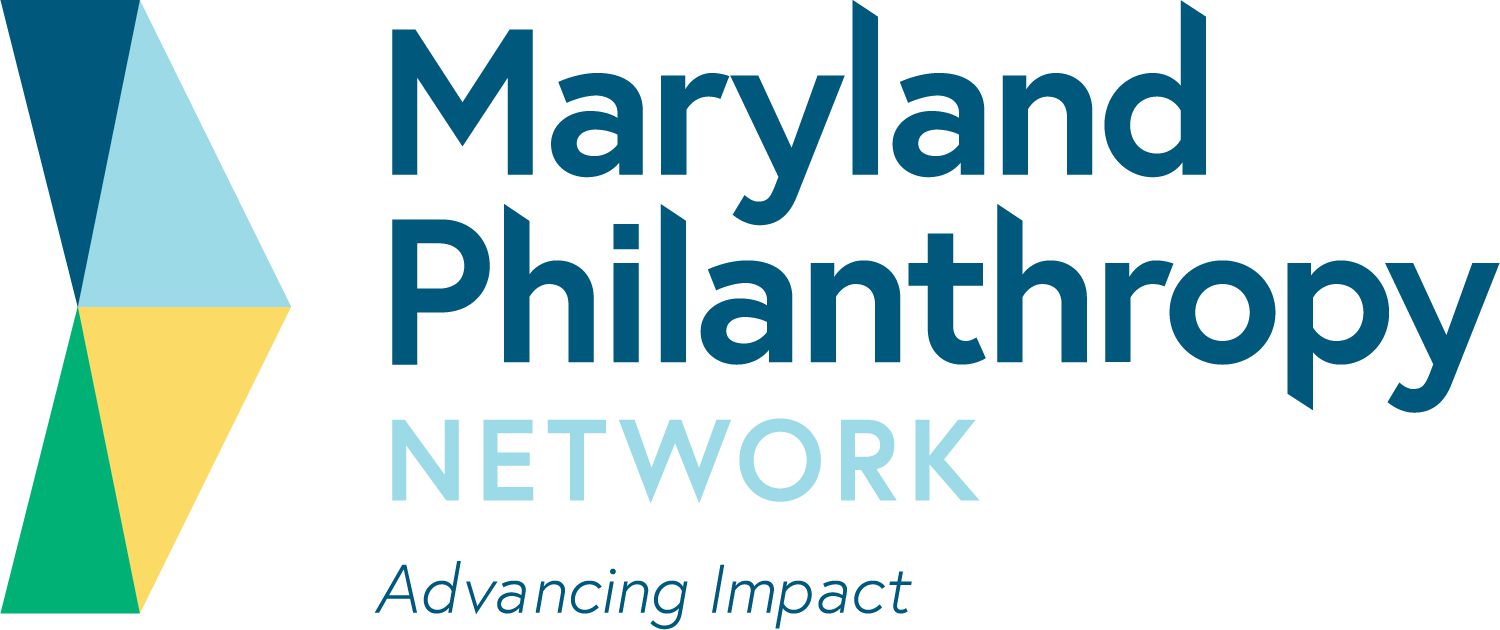Tracking the COVID-19 Recession’s Effects on Food, Housing, and Employment Hardships
The unemployment rate is very high and millions report that their households did not get enough to eat or are not caught up on rent payments. We are able to track the extent of this hardship thanks to nearly real-time data from several sources on the unfolding economic crisis.
The impacts of the pandemic and the economic fallout have been widespread, but are particularly prevalent among Black, Latino, Indigenous, and immigrant households. These disproportionate impacts reflect harsh, longstanding inequities — often stemming from structural racism — in education, employment, housing, and health care that the current crisis is exacerbating.
Relief measures have mitigated hardship, but there are significant gaps — including, for example, leaving out the poorest households from any increase in SNAP benefits — and implementation challenges that have delayed aid to some households. The measures, which are also temporary, have begun to expire.
The data below, which we will update periodically, drive home the need for substantial, continued relief measures. The extent and severity of continued hardships like hunger, eviction, and homelessness will depend on whether such relief is robust and reaches those in need, as well as the trajectory of the pandemic and the pace of economic recovery. The implications for children in particular are significant: households with children face especially high hardship rates, which research has shown can have serious effects on children’s long-term health and financial security.
Click here to read the full report.
Source: Center on Budget and Policy Priorities
FIND MORE BY:

